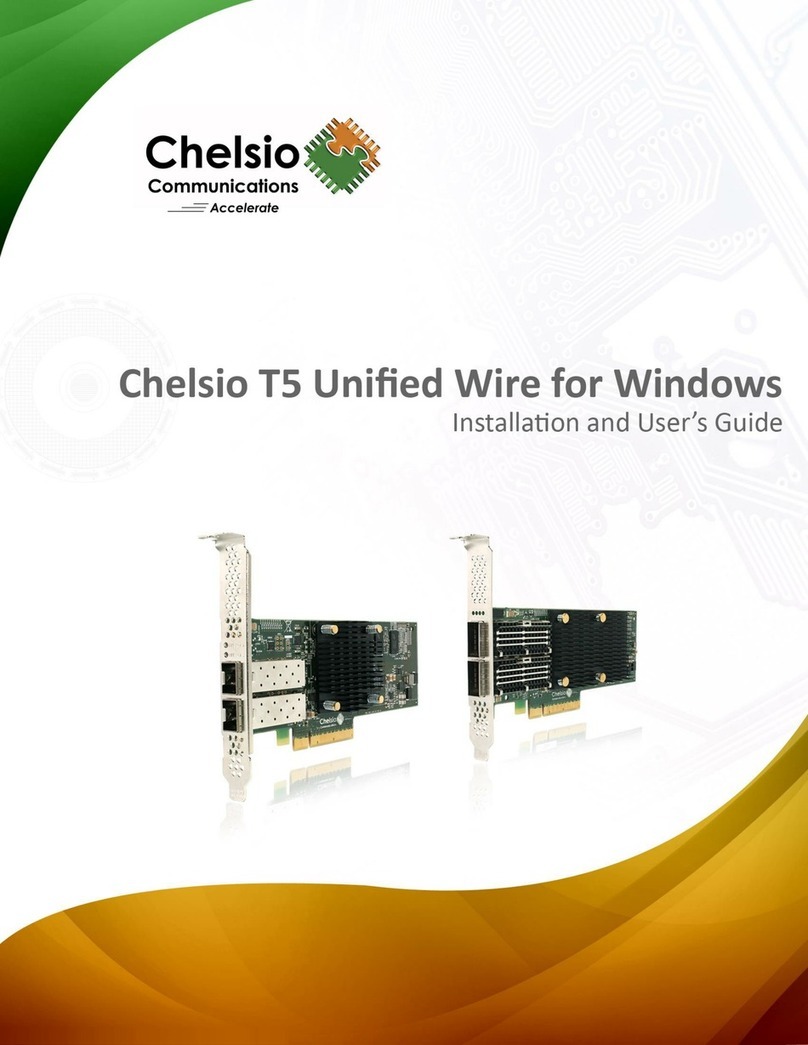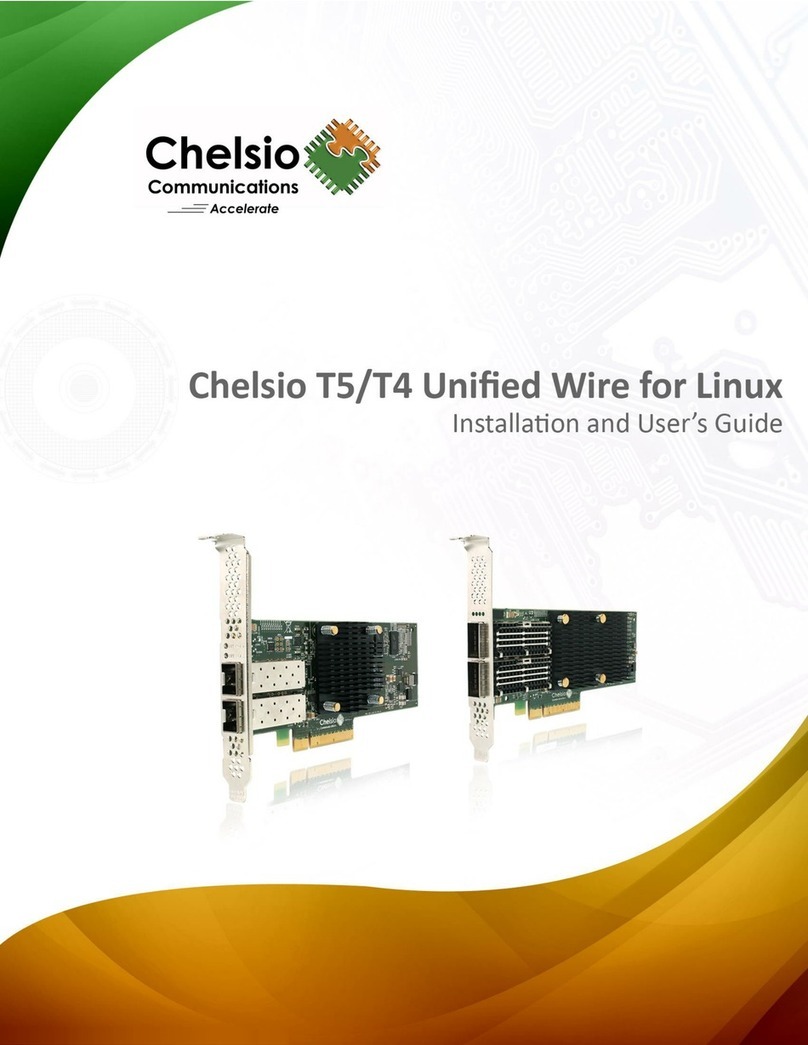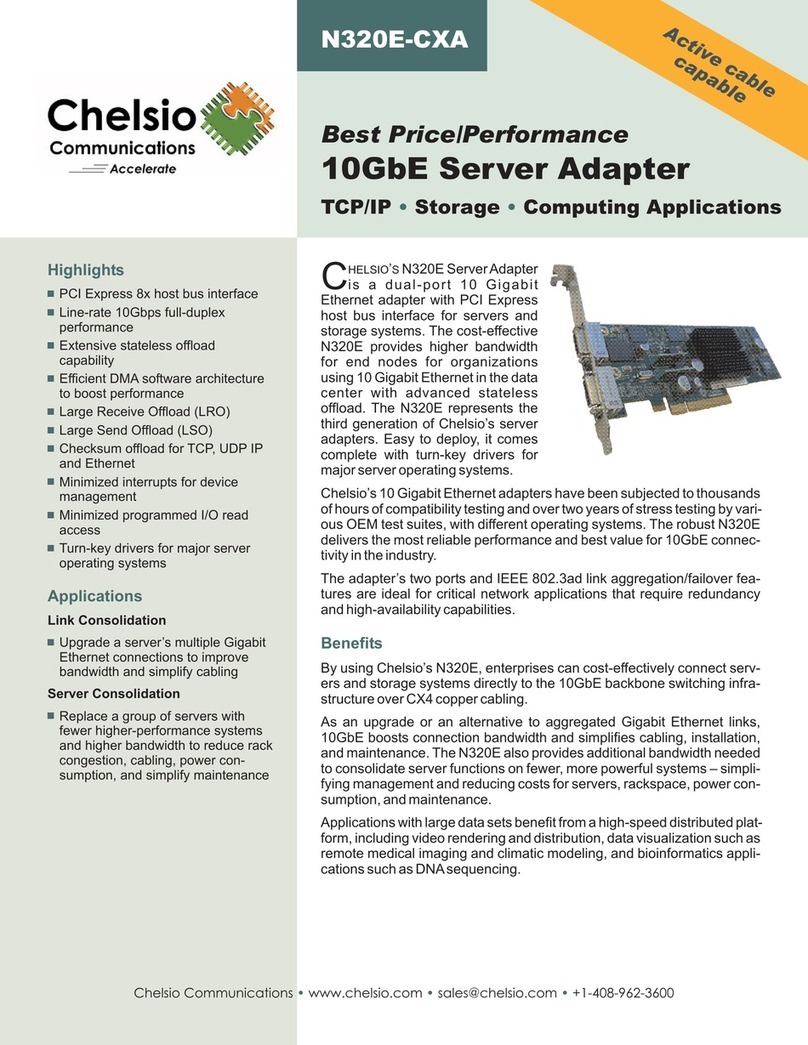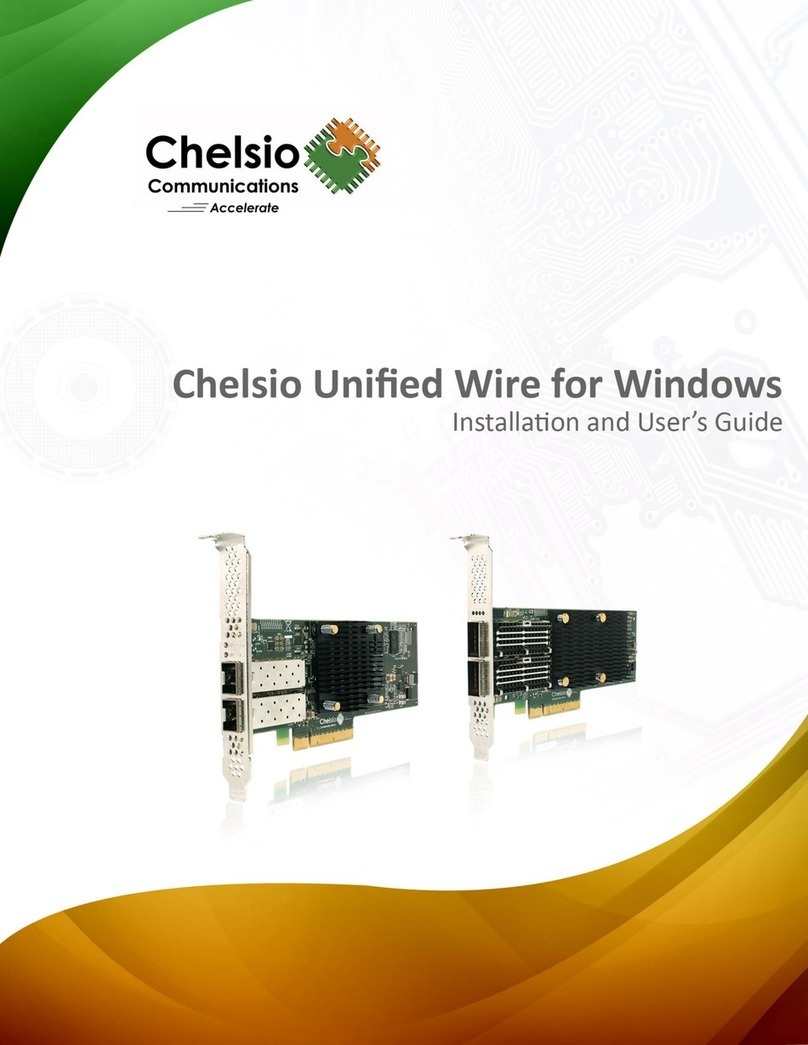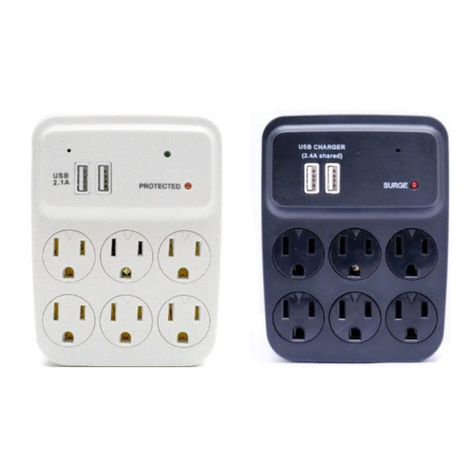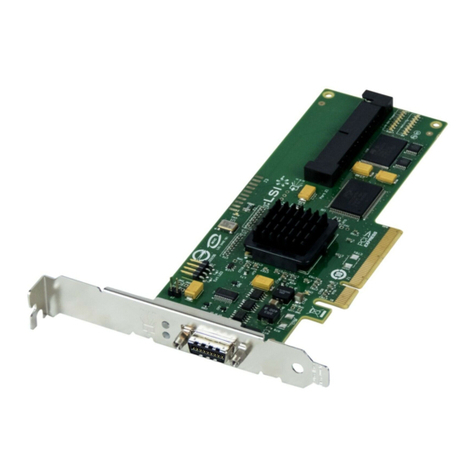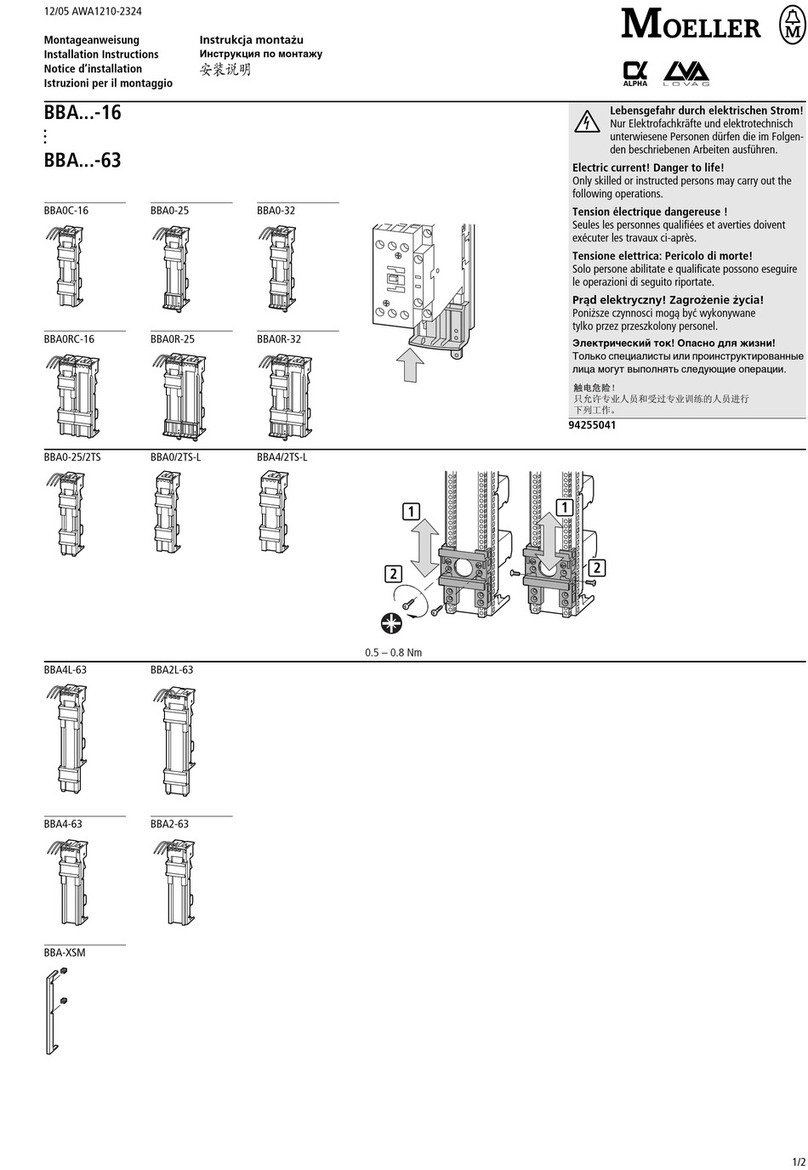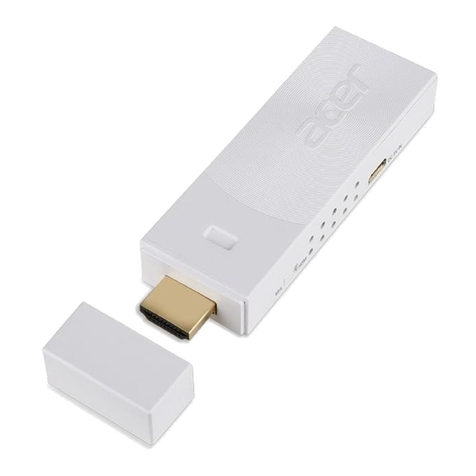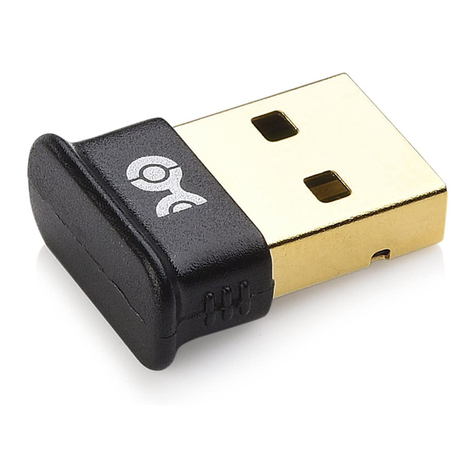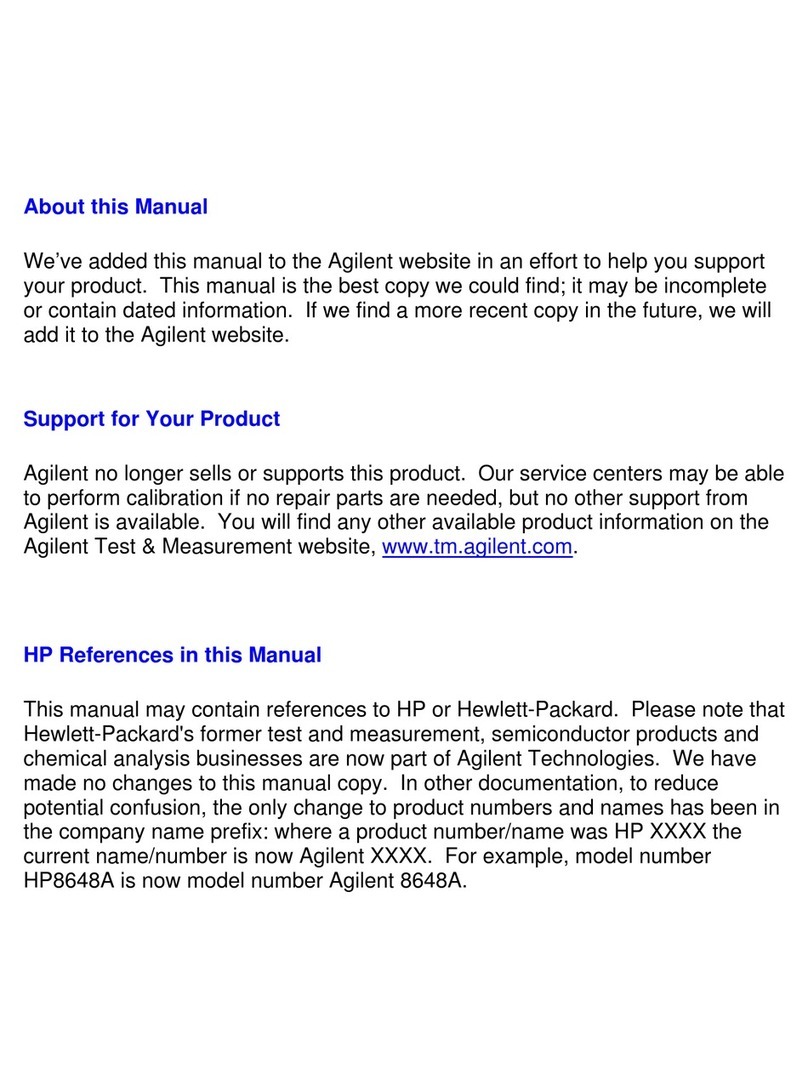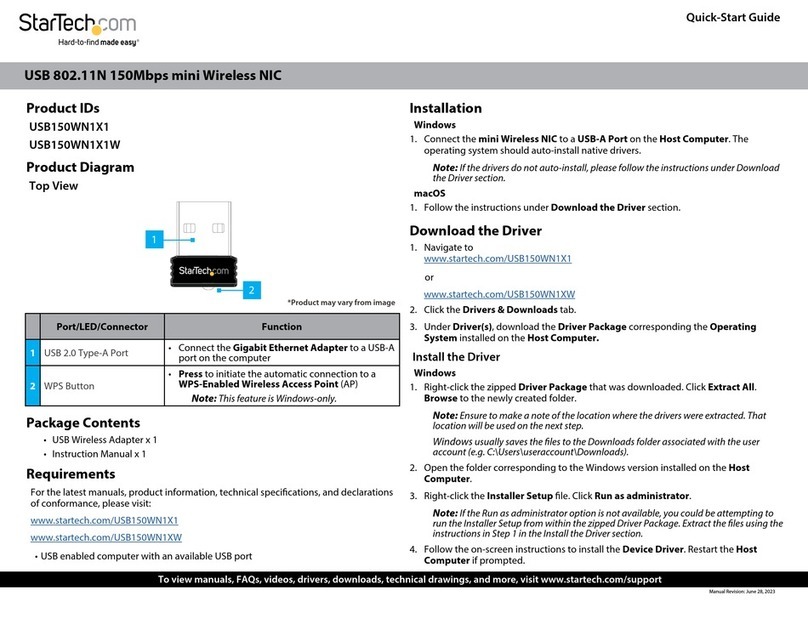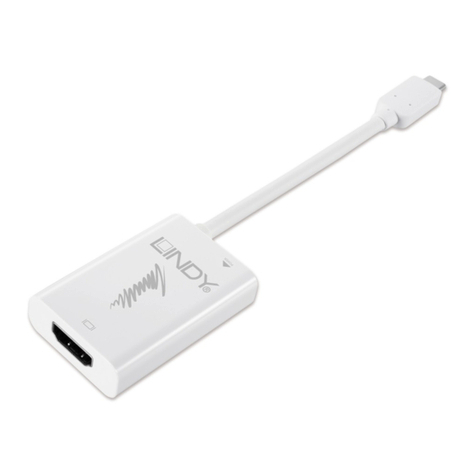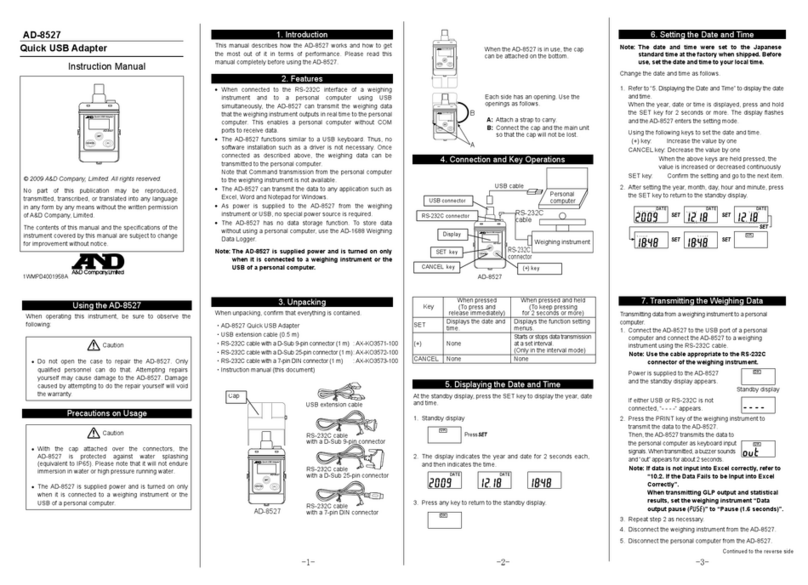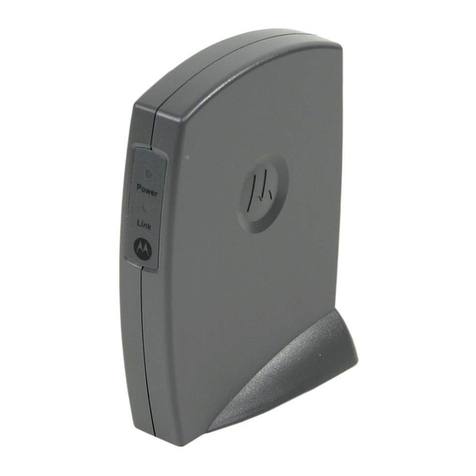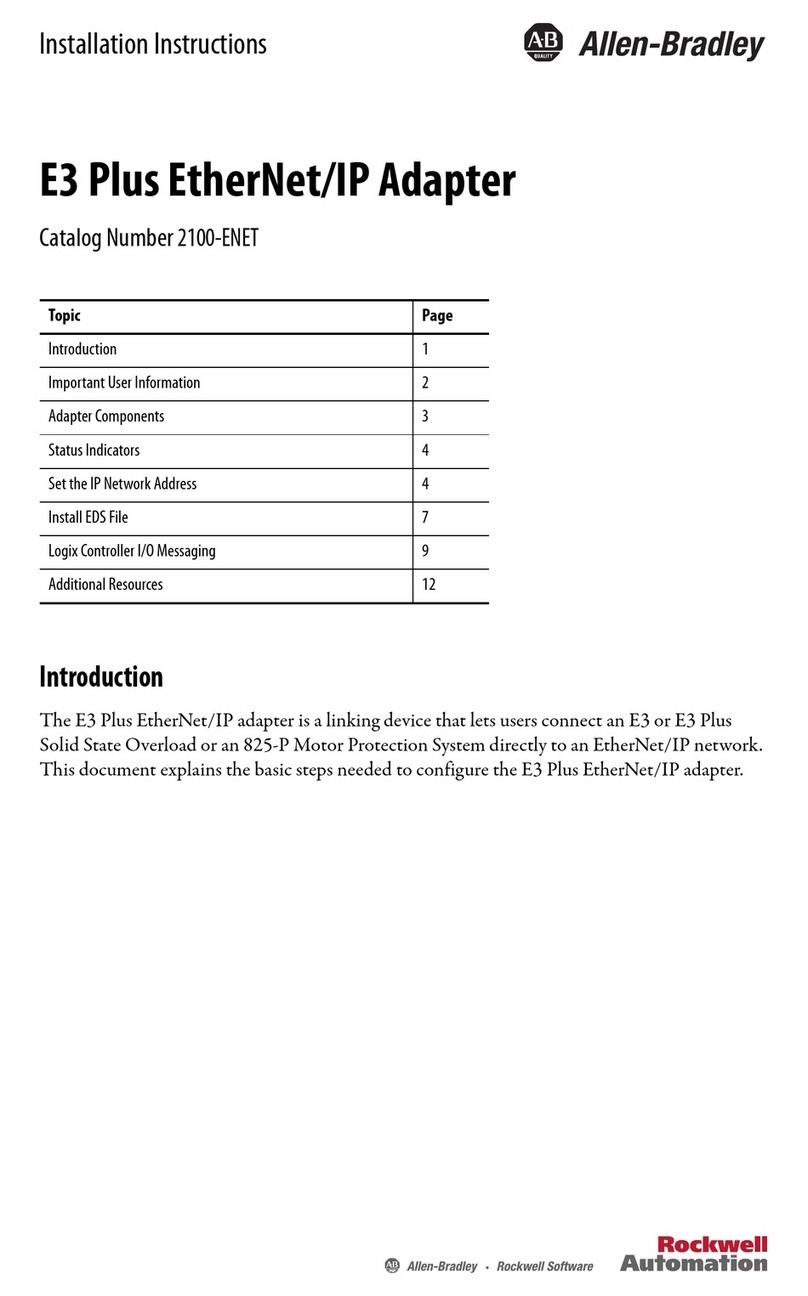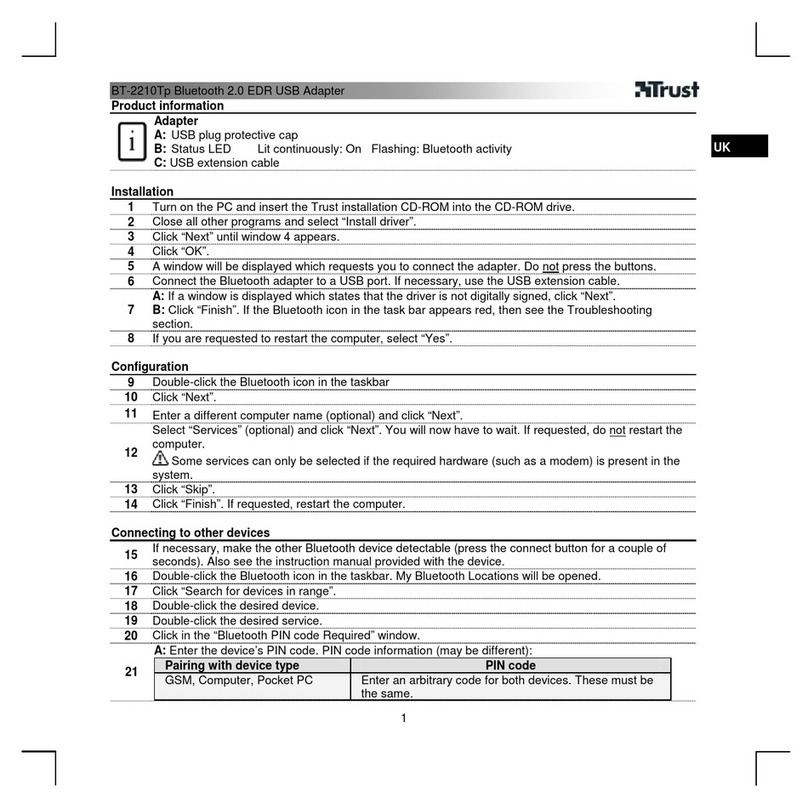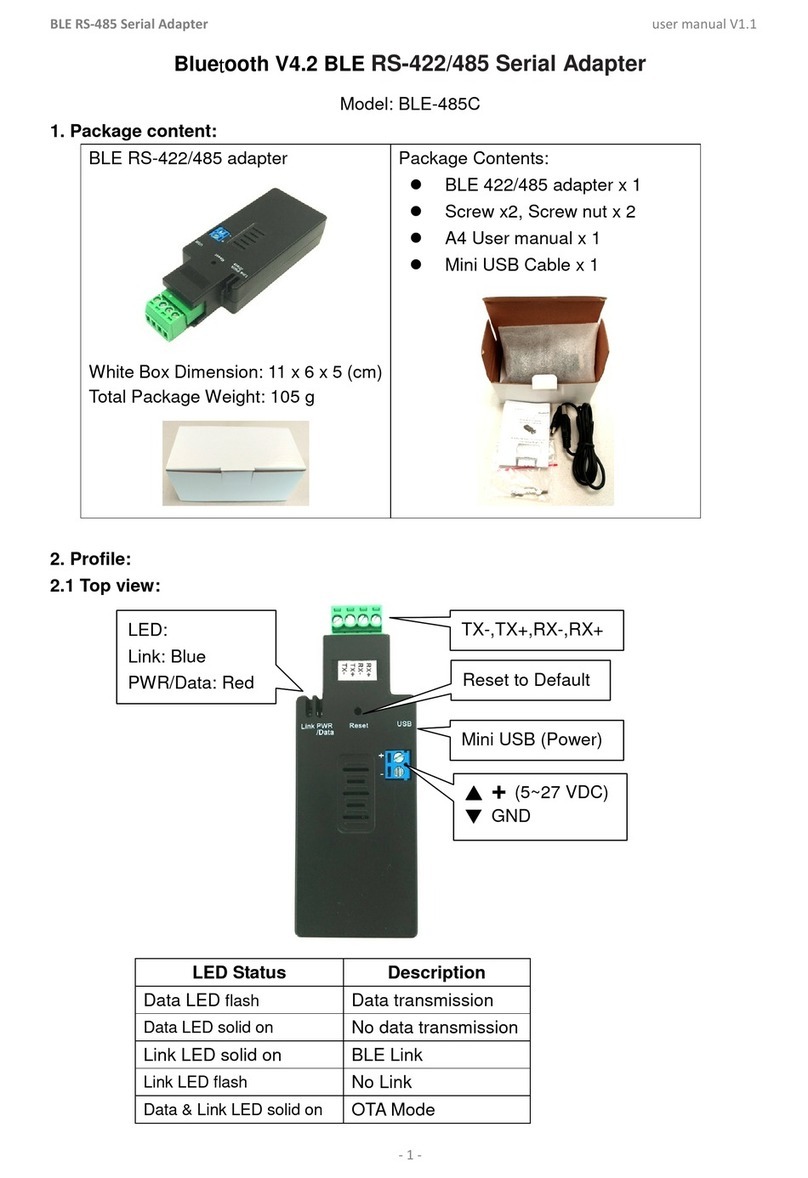Chelsio Unified Wire for Linux x
1.1. Hardware Requirements 212
1.2. Software Requirements 212
Software/Driver Installation 214
Software/Driver Loading 215
Software/Driver Configuration and Fine-tuning 217
4.1. Configuring Cisco Nexus 5010 switch 217
4.2. Configuring the Brocade 8000 switch 220
Running NIC & iSCSI Traffic together with DCBx 222
XIV. FCOE FULL OFFLOAD INITIATOR 223
Introduction 224
1.1. Hardware Requirements 224
1.2. Software Requirements 224
Software/Driver Installation 225
Software/Driver Loading 226
Software/Driver Configuration and Fine-tuning 227
4.1. Configuring Cisco Nexus 5010 and Brocade switch 227
4.2. FCoE fabric discovery verification 227
4.3. Formatting the LUNs and Mounting the Filesystem 231
4.4. Creating Filesystem 232
4.5. Mounting the formatted LUN 233
Software/Driver Unloading 234
XV. OFFLOAD BONDING 235
Introduction 236
1.1. Hardware Requirements 236
1.2. Software Requirements 236
Software/Driver Installation 238
Software/Driver Loading 239
Software/Driver Configuration and Fine-tuning 240
4.1. Offloading TCP traffic over a bonded interface 240
Software/Driver Unloading 241
XVI. OFFLOAD MULTI-ADAPTER FAILOVER (MAFO) 242
Introduction 243
1.1. Hardware Requirements 243
1.2. Software Requirements 244
Software/Driver Installation 245
Software/Driver Loading 246
Software/Driver Configuration and Fine-tuning 247
4.1. Offloading TCP traffic over a bonded interface 247
Software/Driver Unloading 248


